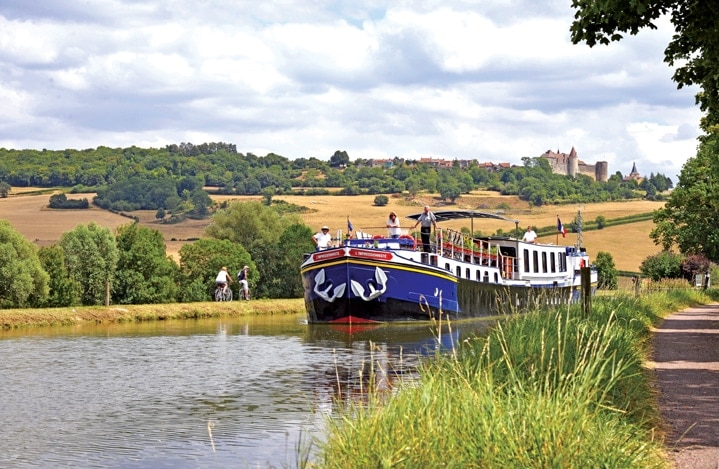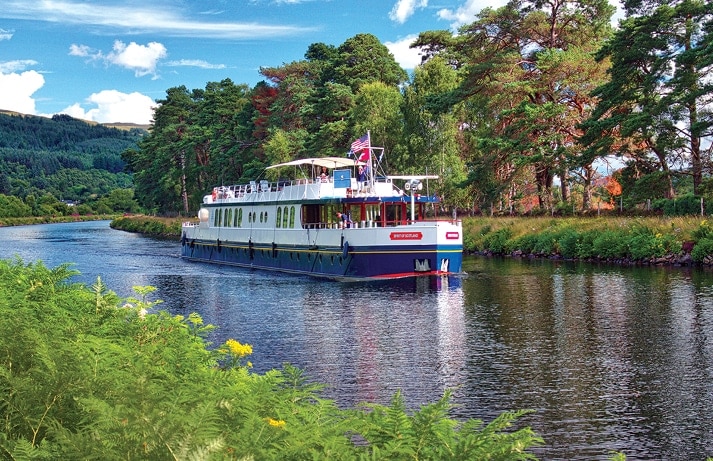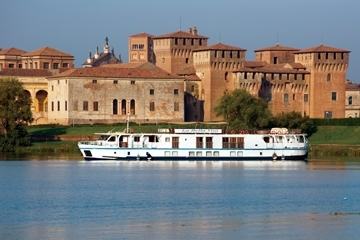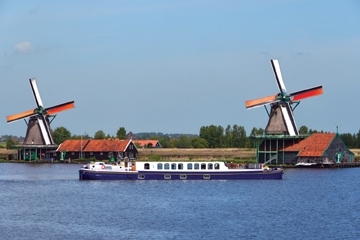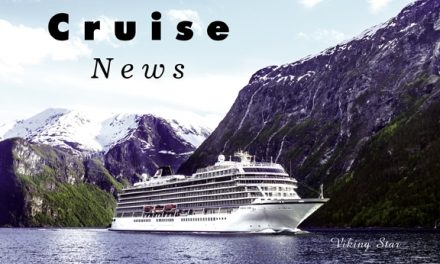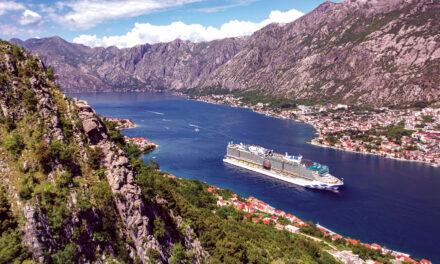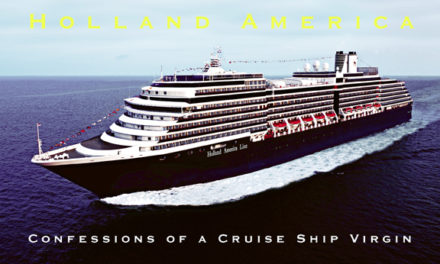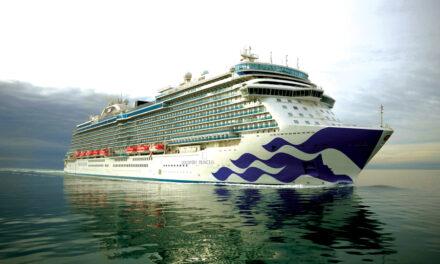Cruise
Canal Cruising
Do you know the Secrets of Luxury Barges in Europe?
by Lisa TE Sonne
You may have experienced oceanic cruising and even river cruising, but have you tried canal cruising on waterways first built centuries ago? In 1787 Thomas Jefferson, then the U.S. Ambassador to France, wrote that of all the modes of transport he had tried, canals and their parallel foot paths were the “pleasantest form of travel.” Canal cruising has become one of my favorite modes of travel, too.
Europe is still networked with hundreds of miles of canals, but today luxury “barges” serve as floating boutique hotels, with eight to 22 passengers, for peaceful and intimate cruises to untouristed villages and towns as well as classic sites. Not only do you moor next to lovely scenery, sometimes even near castles or windmills, you travel at a pace that lets you really take in the realm with all your senses, and you can make the trip very relaxing or very active.
You can sit on the open top deck and watch and smell and hear the world languidly glide by. You feel the sun and winds while consuming local foods and drinks. If you prefer, jump off with a bike at a canal lock. Then, pedal along the parallel “towpaths” that were once used for the animals and people who pulled the commercial and passenger barges before the era of motors.
If you are like me, you may also choose to pedal down connecting paths into villages or up to churches and ramparts. Mix with the locals or take in more nature, then quickly pedal back to catch up with your boutique barge at another lock. You can end the adventure by sitting in the hot tub, enjoying the floating ride.
European Waterways currently offers 17 vessels in nine different countries, making “barging” a cultural and culinary experience. Each trip includes a great chef onboard who culls local ingredients, and a server who specializes in the local cheeses and wines, generously offering different ones every lunch and dinner! A van or vans follow the boat’s path, and every day, memorable shore excursions are provided. The historian guide who knows the roads and history is flexible to what paces and places the small group of passengers wants.
Scotland – Highlander Highs
In Scotland, my husband and I enjoyed the lox, locks, and lochs, as we ate fine Scottish salmon, navigated through the famous Caledonian Locks (once the “greatest engineering feat of the planet”), and explored the natural lochs, including the Loch Ness. Alas, no monster sighted, but the Captain let me steer the boat then, which was scary enough for others. Loch is Scottish for lake, and the Ness one is particularly beautiful (and deep and wide, so safe for me to steer through).
The Caledonian Locks were built before the Panama Canal and Suez Canal systems. Queen Victoria’s 1873 cruise of the Caledonian canals and lochs of much of our route helped popularize travel in that part of gorgeous Scotland. Now, in the 21st century, custom hotel barges and other narrow pleasure boats can experience the 29 locks of the Caledonian canals.
We loved approaching castles from the water and then touring them, but the strongest single memory is gliding through raw gorges with no signs of humanity, and faintly hearing mysterious, haunting bagpipe music that crescendoed as we proceeded. When we rounded a bend, a solitary bagpipe player in full Scottish regalia stood on vibrant green hills among the sheep. We moored near him, and he spent the evening showing us how bagpipes work and giving the eight passengers a private concert.
Italy – The Beautiful Life
Cruising in the iconic Grand Canal of Venice and then journeying to villages without tourists in the Po Valley was a romantic and stunning way to see Italy with my husband. We had chosen this route to celebrate a milestone birthday of mine, and the trip exceeded expectations– from visiting Mantua and the theater where Mozart performed, to our last night, when the chef brought in a new apricot desert he had created for my birthday.
Claudia, one of the best guides I’ve ever had, took us to see some of the Roman, Etruscan, Byzantine, and Renaissance influences; to have private tours of wineries; and to walk around on small lagoon islands. At one point we disembarked and were driven to Villa Ca Zen, where Lord Byron had once composed some of his best work while trying to hide out for a deep romantic affair. We were treated to a private tour by the owner, and a sumptuous meal in the Villa dining room.
All this in a week without having to pack and unpack, or cook, or clean, or worry about road maps or train schedules, made cruising on “La Bella Vita” a beautiful life.
Holland – Tulips and Windmills
Holland is known for art, canals, cheeses, tulips, and windmills. We got it all. Starting in Amsterdam and heading through countryside canals in Spring was the perfect girlfriends’ getaway for me and for Kathy, a gardening and hiking bff since we were seven years old. Kathy was all in for exploring independently as we rode bikes through different towns to look at the colorful home gardens and to check out picturesque working windmills close up. She also whole-heartedly enjoyed the cheese and wine pairings at lunch and dinner, and the fun company of fellow travelers.
Spring in the world-famous Keukenhof Gardens was a sensory feast showcasing what beauty humans and nature can create together. We also visited the world’s largest flower auction in Aalsmer, to see how millions of flowers are shipped worldwide. The renowned museums and architecture of Amsterdam, Leiden, and Haarlem, and the Royal Delft China center in Delft, were all beautiful group shore excursions.
A salient cruising memory was sitting in the hot tub outside, while bucolic scenes seemed to drift by. The staff brought us flutes of champagne, and we toasted. We rounded the bend and suddenly the grassy banks were full of buildings. We tried ducking into the bubbles of the spa while not losing the bubbles of our drinks, as we cruised under a bridge with people overhead cheering and giving us “thumbs up”!
France – oui, oui!
A kindred spirit from graduate school and I chose France for girlfriend catch-up, to laugh about the past and make more memories for the future. European Waterways has the most tour offerings in France, which has the most canals. Itineraries include Champagne, Bordeaux, Gascony, Burgundy, the Loire Valley, and Alsace and Lorraine, as well as the Canal du Midi that Jefferson enjoyed.
Page and I signed up for the Burgundy trip and started in a mutually favorite city -Paris- for a couple of days before being treated like royalty on the barge. The shore excursions included chateaus, wineries, monasteries, museums, and even the village where the movie “Like Water for Chocolate” was filmed.
Page is a wonderful painter, and I mentioned that I would love a watercolor lesson from her using water from the French canals. A staff member overheard and found watercolors and paper for us in the next village. Other passengers joined in, and we had a creative comradery.
We both loved that every lock had a lock keeper’s house and the diversity of lock keepers that appeared was fantastic-a whole family tumbling out, a bearded guy vrooming up on his motorcycle. One lock keeper was an artist who shared his larger than life papiermaché creatures out on the canal banks. When the trip was over, we did not want to say “au revoir.”
General
There are some possible cons of barges compared to other cruise vehicles depending on your preferences: smaller cabins (unless you pay extra), no private balconies, and no climbing walls and casinos like large cruise ships. Another possible downside is the intimacy of being with the same small group of people for every meal and excursion. Fortunately, I have really enjoyed the fellow passengers and the range of conversations. I also love how intimately barges let you interact with the land and cultures you are travelling through.
I still have more “barging” I’d like to do. My husband and I muse, Should we clink glasses in the Champagne region of France? Or float down the Thames and enjoy antiques and castles? Or is Ireland, Belgium, or Germany calling out? And I have to wonder, what would Thomas Jefferson say about this 21st century mode of canal traveling?
www.europeanwaterways.com

